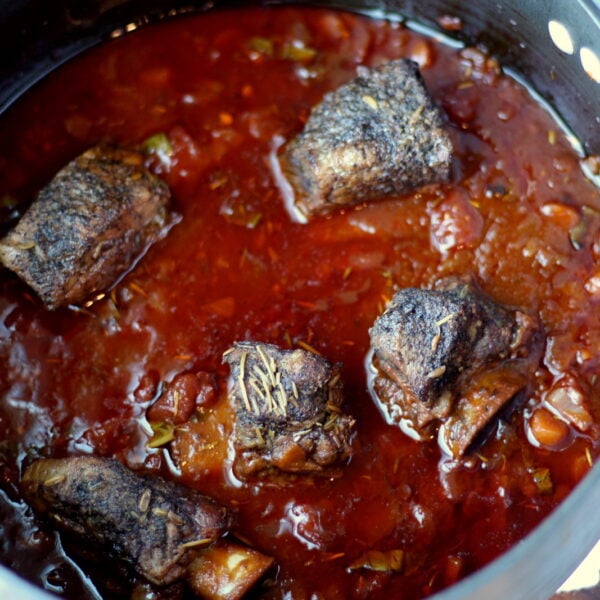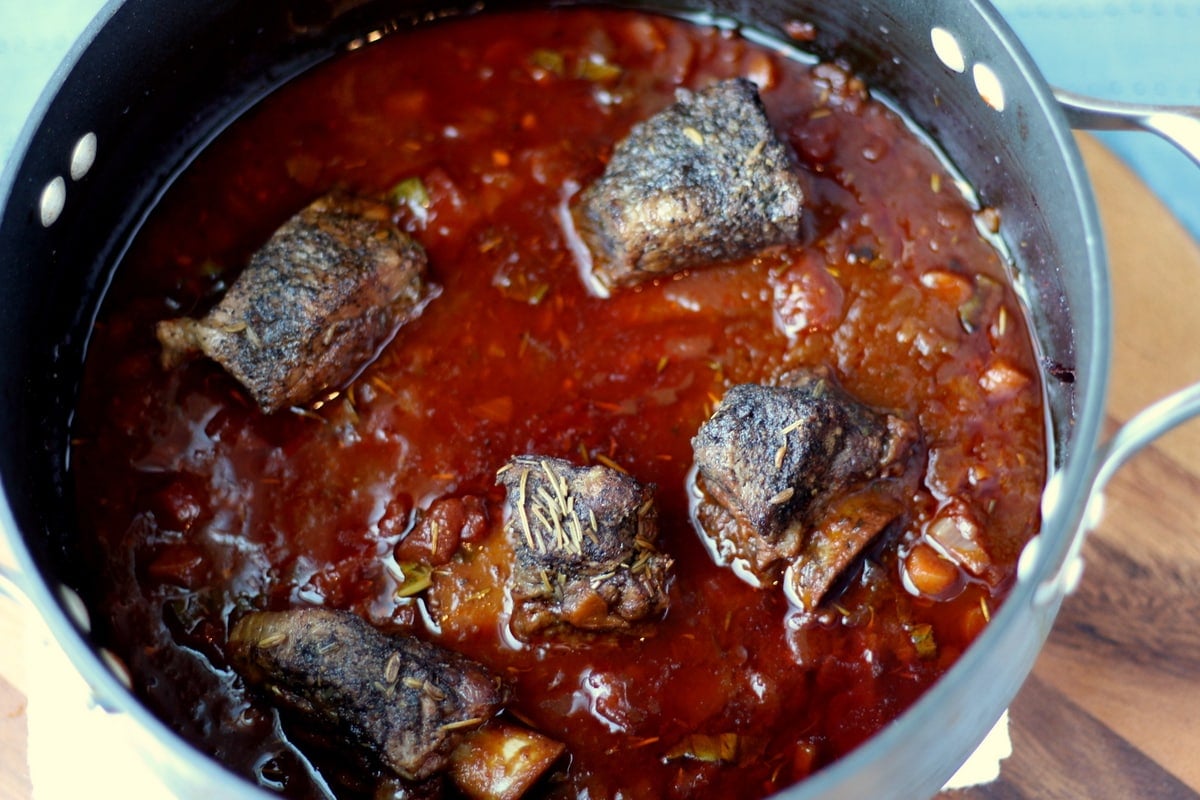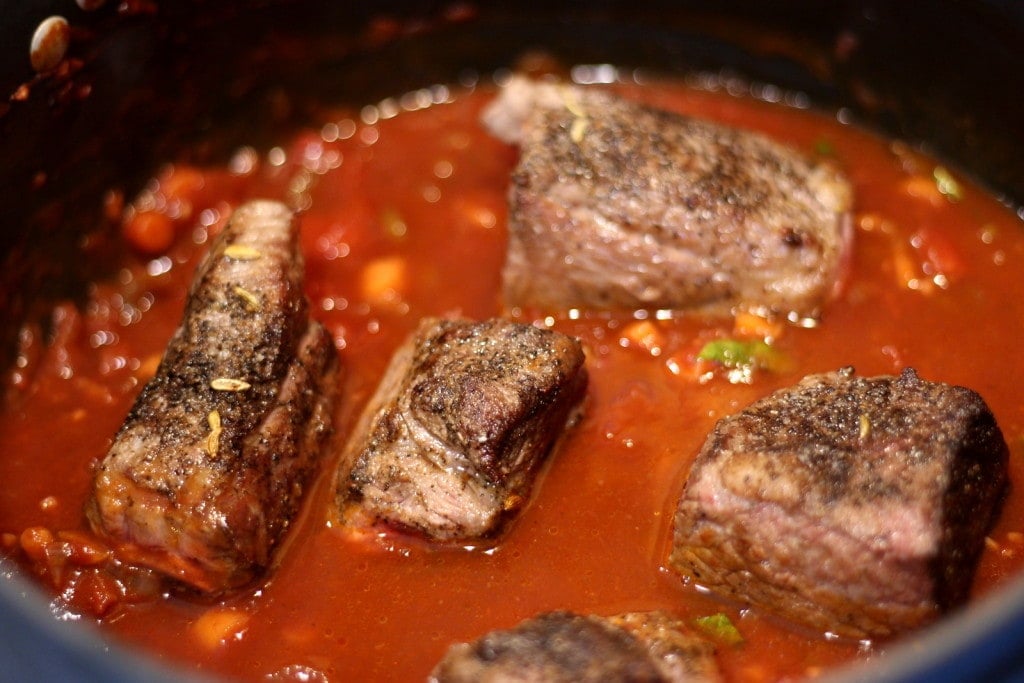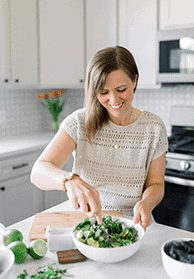Cooking Technique – Braising
If you have read through more than two or three posts here at The Wooden Skillet, you will easily surmise that I like to braise…. well…. lots of things. I recently just ventured into the heavenly world of Braised Short Ribs (pictured above) and not so long ago, I made my first attempt at Braised Pork Belly. Finally, on the lighter side, I tried my hand at Braised Bok Choy (maybe I should have named this blog iliketobraisethings.com…kind of catchy actually…).
So what is so great about braising anyway?
Well, on a very basic level, braising is defined as the process of searing a piece of meat (typically, but not always) in some sort of fat and then stewing it or cooking it in a cooking liquid at a low temp for a long period of time. This technique is often used with tougher cuts of meat as the slow, stewing method allows for the meat to break down until it is fall of the bone delicious. Additionally, especially if you have a bone-in cut of meat, your braising liquid will be oh-so-amazing and full of body that your sauces will be ridiculous. Another benefit would be that it is fairly simple, yet the result is typically sophisticated. The Braised Short Ribs, for example, yes there was some prep time, but after I got the ribs into the oven, I could just leave them for a couple of hours while the oven did its magic.
What kind of meats/cuts are good for braising:
- Chuck (shoulder)
- Rump/Bottom Round
- Brisket (chest or lower thigh)
- Leg
- Duck or other lean/game meats
What are typical ingredients for braising liquid:
- Broth/Stock
- Beer or Wine
- Tomato (paste, concasse, diced tomatoes)
- Aromatics
- Garlic
- Vegetables
- Onions/Shallots
Once meat is done cooking, the braising liquid can be strained and added to a veloute to make a creamier/thicker sauce or further reduced on the stove top by simmering at a low heat.
What do I need to braise:
- Dutch Oven, Iron Skillet or other pan that can hold your meat and braising liquid and has a tight lid
- Meat Thermometer
- Long wooden spoon (for testing braising liquid)
- Strainer (for braising liquid if you want to strain)
There you have it – the quick and dirty on braising – not so scary after all! Try it next time you want to do a pot roast or come across some duck (I forgot about the Braised Duck Breast I made!) – you won’t regret it. Let me know what your favorite meat to braise is!!!
Don’t forget to check out my Instagram account for some behind-the-scenes action! Or give me a follow on Facebook or see what I am pinning on Pinterest!
Love,
E










Leave a Rating & Comment